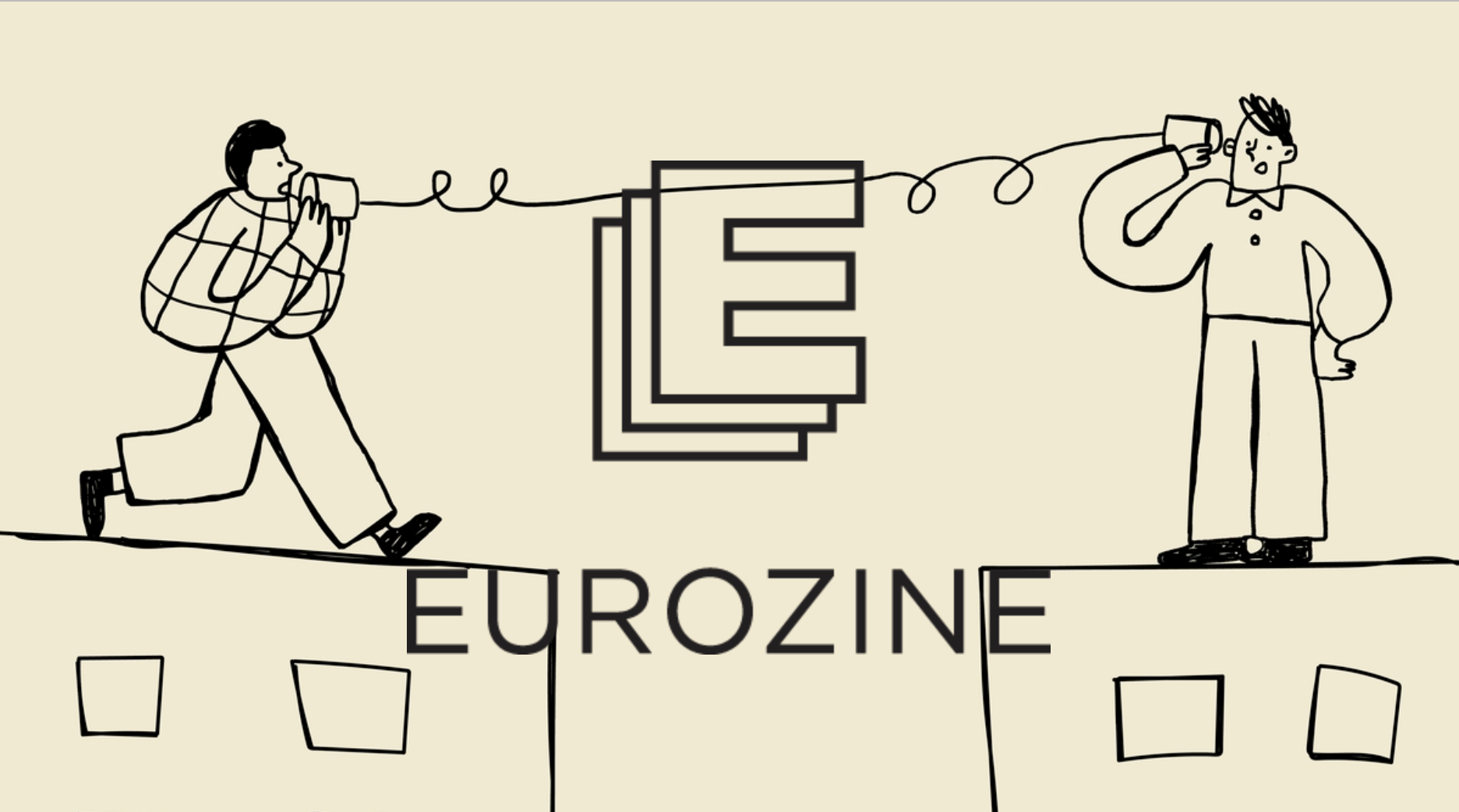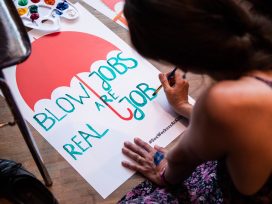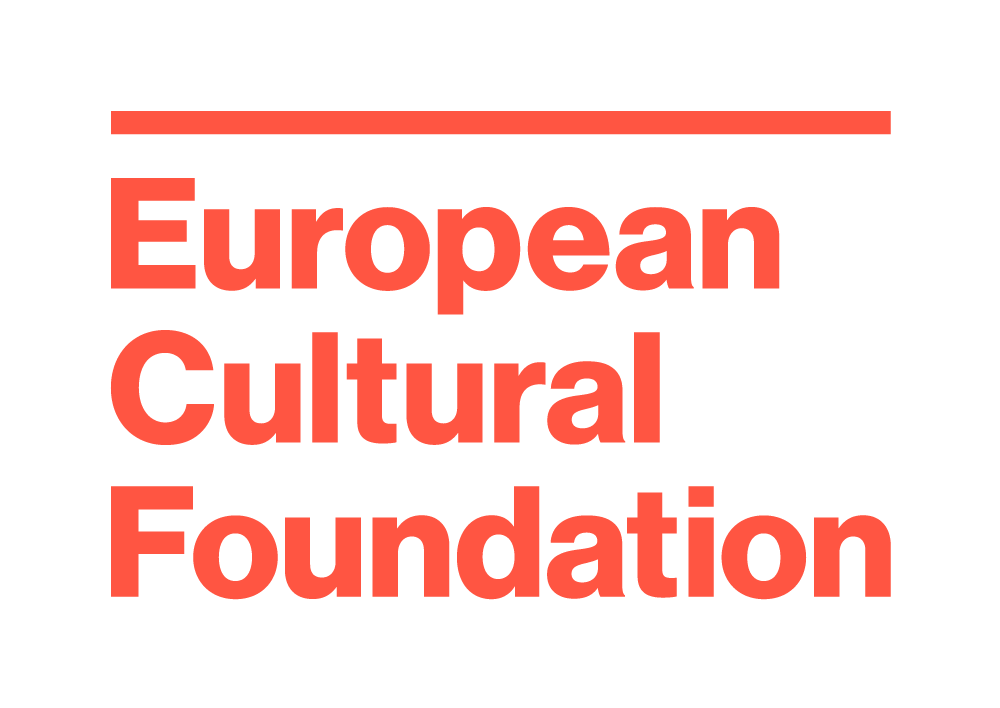New COVID-19 variants keep the international public anxious, and this crisis, permeating all social, economic and political spheres, isn’t even in full bloom yet. Although impossible to contain, it also highlights many potential solutions, which had been lying around for a long time without the political will to act upon them. In gearing up for the much bigger turmoil of an ecological nature, we need to stop concentrating on global centres of power, and give more credit to young motivated people.
Initially, we laughed it off. Over an office lunch in early 2020, I made fun of how an entire UN building was put under immediate lockdown after two people tested positive for COVID-19. It seemed surreal, especially after recent SARS and MERS epidemic scares, feeling safe and protected from outbreaks in Europe.
The problem with ‘emergency’
It took quite a while to admit to the ignorance of such jokes. To realize how ill-informed this sense of distance and security had been. I may have never subscribed to the idea that the blatant incompetence displayed by world leaders, spanning from Donald Trump and Boris Johnson to Jair Bolsonaro, was harmless. But I also couldn’t comprehend what disasters relatively capable governments could prevent – and, in fact, had prevented in previous decades.As Janet Roitman looks into ‘How COVID-19 became a crisis’, she finds that it wasn’t the virus but the responses, and moreover the confusion of institutional responses to the disease that led to a global breakdown. Although governments and public health institutions had long been preparing for such cases, the global political focus had shifted from public health threats to terrorism, scapegoating refugees and migration in general, leaving crucial social systems unprepared for a much more imminent problem: successful new pathogens. Roitman quotes Bryna Sanger’s analysis:
political denial, weak, and uneven policy response, poor and confusing communication, and contentious intergovernmental relations are predictable and typical threats to an effective response. They are, in many ways, challenges of management and competence, more than they are failures of science or public health.
A failure of narrative
But righteous distrust in political leadership was not the only factor that kept me from recognizing the severity of the coming pandemic. Like many, I have learnt to fundamentally reject media frenzies. Having reported on environmental and energy issues, I developed a strong resentment toward my profession that couldn’t bring itself to properly discuss ‘the biggest story ever’, as Maximilian Probst and Daniel Pelletier call the climate crisis in their seminal article on The seven deadly sins of journalism.
Every mild snowfall or mediocre summer shower would nevertheless be portrayed as a disaster. This applied especially to news channels, which kept expanding their coverage to more hours in a day but refusing to extend their editorial horizons. The vacuum kept growing, both in global coverage and local representation, giving rise to superficial punditry, surpassing the confines of broadcast journalism.
All these symptoms were part of a growing disease, a crisis of values and shared realities, which ultimately lead to the post-truth panic and the credibility crisis of conventional media.

Image by rawpixel.com
Missing the miracle cure
Every major technological change destabilizes earlier regimes of knowledge production and the production of meaning. In the long run, societies do learn to consolidate technological revolutions, but the upheaval of these transformations take a lot of casualties until this stability is reached.
Small-scale media, from local papers and broadcasters to cultural journalism, have been traditionally responsible for engaging and grounding audiences, whose relationship with the mainstream is more fragile. Trust in media is built like an ecosystem. But as small outlets based on community and shared values are struggling or going extinct, the mainstream has a harder time maintaining its authority, which is fertile ground for disinformation and merchants of doubt.
The problem is similar yet even deeper now than after 2008: as the robust and diverse media landscape dry up, they no longer feed the mainstream and huge areas of representation are lost. As a result, social tissues are torn and differences magnified – allowing the buzzwords of polarization and fragmentation to enter.
Péter Krekó is a recurring author of ours, early in the pandemic he wrote about Why conspiracy theories soar in times of crises. In his latest inquiry on the Mutations of science in the pandemic, he looks into the rise of pseudoscience during the pandemic. In it he points to the trend of detachment, taking issue with how authorities deal with scientific communication, and how medical interventions spark reluctance and resistance.
Although the consumption of medicine – scientific and otherwise – has skyrocketed throughout the pandemic, shared understanding is breaking down. Simply blaming lay folk for being ‘irrational’ won’t solve this puzzle. Not least because political leadership and media attention have a bad track record in considering and adapting to scientific findings – for example, in ignoring global warming for four decades since this concept was first discussed in 1972.
The stupidest of us
Now, the more fortunate have experienced extensive periods of home schooling and remote work. The less lucky have been operating in dangerous circumstances, losing their jobs and, for many, their lives. When the initial lockdowns were announced, many of us thought this would last a few weeks – maybe forty days, as touted in medieval plague times. But, much like the plague renewing its grandiose tours for decades and sometimes centuries across five millennia, the novel coronavirus and its mutations have made themselves at home all over the globe, and are here to stay.
Societies have grown weary of restrictions and interventions, as growing anti-lockdown and anti-vaccine protests show. Throwing caution to the wind and declaring COVID-19 a problem for the elderly or a matter of natural selection are horrendous approaches to social policy, which suggest that the vulnerable should bear the weight of the pandemic. (It’s also blatantly stupid.) But ageism doesn’t only target older people.
The fatigue and anxiety is shared throughout the political spectrum, even though it produces extreme differences in response. Interestingly, young adults are proving more responsible than many other age groups, as an expansive French and Canadian study has found, published by our partner journal Esprit. They indentify An epidemic of fatigue, in which young people between the ages 18 and 29 have been forgotten about.
In contrast to media coverage from the beginning of the second wave, alarming elderly audiences to the actions of supposedly irresponsible youngsters, this study has found that
young adults are respectful of the main preventive measures in place and concerned about the health of the most vulnerable.
Meanwhile, the plight of young adults between the ages 18 and 29, who are losing vital opportunities and suffering mental health consequences, falls under the radar. Furthermore,
sociologists have critiqued the “generational divide” discourse on the grounds that social inequalities should be our primary framework for interpreting the impact of the pandemic, rather than simplistic age-related stereotypes.
Yet again, a class issue, disguised as cultural conflict, is revealed.
The current crisis is not even in full bloom yet. Arguably, societies haven’t recovered since the turmoil of 2008. Economic figures may have gone up, but deep social problems have consistently worsened, inequality has risen and the prospect of a liveable future for the non-privileged has become scarce. Anita Aigner points out in her article on Housing as investment in our focal point on the housing crisis.
Without access to inherited wealth, property ownership is now all but out of reach for average earners.
The pandemic exacerbates pre-existing problems. Unlike the financial collapse, where the fallout of one sector incrementally spread into other areas, today’s crisis affects economic, political and social sectors all at once, rendering problems impossible to contain. When the coronavirus hit Bergamo, Italy, the European Union was already being haunted by Brexit and the rise of eastern European autocrats.
Under strain, member states immediately withdrew to internal issues, using the opportunity to blissfully forget about everyone even within their borders – leaving refugees and migrants, Roma and homeless people, sex workers and LGBTQIA+ people on their own, often with scarce means of survival. Women have experienced historic job losses and been put under extreme strain as care work has multiplied.
Vaccine nationalism
Vaccines were projected by decisionmakers as the one-stop solution to the pandemic, even though public health experts and historians had warned early on that such a silver bullet hardly exists. The concentrated effort and support that governments put into vaccine development paid off and effective formulas started to surface as early as December 2020.
The rush even invoked a certain brand of vaccine nationalism.
Nevertheless, this speed isn’t unprecedented. The culture of Soviet pharmaceutical research were formed by urgency and maverick responses, as Marek Eby points out in The story of the Sputnik V vaccine:
After its birth during the long “continuum of crisis” of 1914-1921, the new Soviet state faced … a devastating series of disease epidemics, affecting millions: influenza (part of the 1919 global pandemic), cholera, typhus, smallpox, and malaria. … [Research] work in these years consisted of “producing urgently needed serums and vaccines”
These circumstances have resulted in a medical and work ethic that persist to this day among Russia’s medical scientists. Unfortunately, Russia’s politics consistently undermines this otherwise outstanding work, abusing it for propaganda and by spreading disinformation about Western vaccines.
Towards the end of 2021, most European and north American countries are enjoying an abundance of vaccines, and yet, significant portions of their populations refuse to be treated, even with growing political pressure. Those who do take the jabs are lining up for their third, and probably soon again for fourth shots, since efficacy rates are reducing as new variants keep showing up.
It’s not over until it’s over everywhere
Public discourse is very heavily fixated on this conflict and less focused on the core problem: vaccination rates are extremely low outside of the developed world. This is the case in a large part because, despite existing manufacturing capacity in India, South Africa and elsewhere, western patent owners refuse to share their intellectual property, even though their research was heavily financed by public resources. As of yet, most involved governments have been reluctant to take a strong stance on patent issues.
This allows the virus to infect large masses, mutate and produce new variants, which are harder to combat with existing means. Isolationism, once again, is proving a wrong strategy – exactly like the WHO and World Bank forecasted it would be.
Devastation in the poorest countries is considered affordable collateral damage by decision-makers who clearly don’t understand how public health works. As long as underdeveloped populations don’t have mass access to highly efficient vaccines against COVID-19, new variants will allow this now endemic pathogen to take repeated victory laps, claim lives and wreak havoc across social strata, which rich countries won’t be able to shield themselves from, however they cancel flights and prioritize their citizens against everybody else.
It is, of course, extremely cynical to discuss poor populations as mere liability for the more fortunate. Making vaccines against diseases available for everyone is a basic moral obligation which, as a side effect, provides a huge service to all social groups. However, this crystal-clear point hasn’t seemed to persuade world leaders in the past few decades.
Since the societal approval of medical interventions always takes time, it may be worth allowing anti-vaxxers to simmer down for a while and redirect resources to parts of the world where they are not yet available.
Supercharging social structures
Even through the haze of vaccine debates, we mustn’t forget about social systems that have collapsed – even if to varying degrees – since this strange time began. News coverage often focuses on seemingly superficial hiccups in the supply chain, riling audiences about irrelevant problems like late Christmas presents. Meanwhile, actually devastating problems remain unmentioned.
The success of this virus was, in large part, the result of grossly under-resourced social systems. Most welfare systems have been under attack and gradually demolished since their inception, especially after decades of austerity politics.
Nevertheless, it shouldn’t take any more than four elementary school classes to realize that when institutions of public health, education, social work and other means of social sustenance are stretched, they will definitely not stand up to an emergency. Calibrating these institutions to their lowest function – the absolute minimum that public administrations can still get away with – their immediate collapse is inevitable even when meeting smaller challenges.
Strategic optimism in preparing for much worse
The 2020 pandemic is strongly interlinked with environmental devastation. Bram Ieven and Jan Overwijk have proven as much in their article We created this beast: The political ecology of COVID-19.
But it’s more than its origins that the coronavirus shares with the ever-growing ecological crisis. The former, over time, will probably prove merely a short epoch of the latter, and the consequences we draw from the pandemic are going to be crucial in reacting to an even deeper and longer turmoil, and necessary transformations.
In our new focal point Endemic: when emergency is the norm, we look into other epidemics, historical and contemporary from the plague to STIs, and how societies tackle them – or refuse to deal with them. We will contemplate how state pandemic measures have impacted on individual freedoms and how the health emergency has affected practices of culture, especially subcultures, media and social groups.
Hopefully, we’ll also make some sense of women’s disappearance from publicity and job markets. That is if somebody can look after the kids and the household for many of our female authors for a while.
This editorial is part of our 19/2021 newsletter. Subscribe to get the weekly updates about our latest publications and reviews of our partner journals.
Published 29 November 2021
Original in English
First published by Eurozine
© Eurozine
PDF/PRINTIn collaboration with
In focal points
Newsletter
Subscribe to know what’s worth thinking about.






















